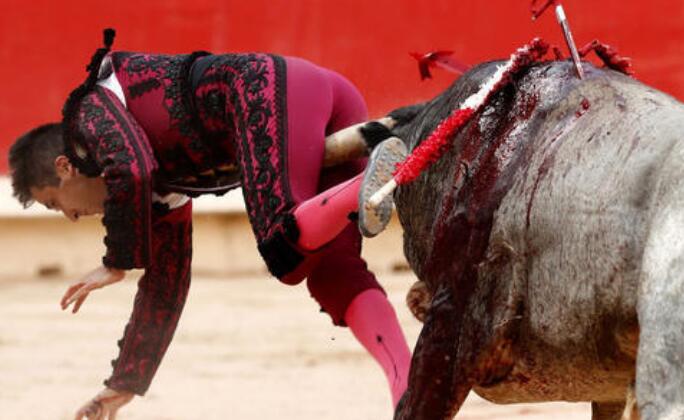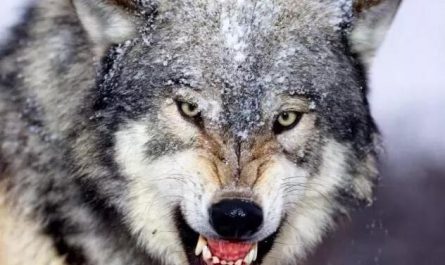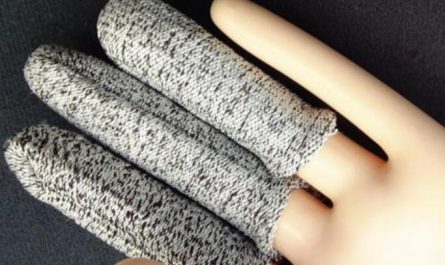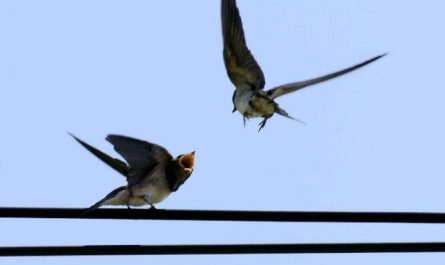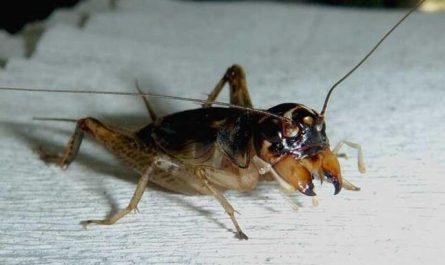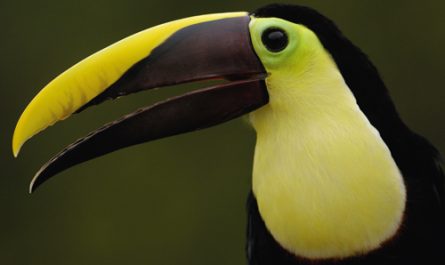The reason why cattle are sensitive to red
According to scientific research, it is concluded that the cow is not happy when it sees the red color, but is happy when it sees the moving object. Just like the frog can sensitively see the moving insects, but can not see the stationary.
Once a curious zoologist asked the bullfighter to stand in front of the cow with black, white, and green cloths. As a result, the cow behaved as if he saw red. It can be seen that the cow does not get angry when it sees the red color. In fact, the cow is truly color blind. Of course, this should be mentioned from the layout of its eyes.
On the retina of mammalian eyes, there are two kinds of visual cells scattered: one is rod-shaped cells; the other is cone-shaped cells. The nerve impulses generated by these two types of vision cells stimulated by light are transmitted along the optic nerve to the visual center of the cerebral cortex, thereby generating vision.
Rod-shaped cells are specially responsible for dim light, while cone-shaped cells are mainly responsible for bright light. The zoologist conducted a detailed study on the layout of the bull’s eye, and found that the rod-shaped cells of the bull’s eye are very developed, while the number of cone-shaped cells is relatively small. The eyes can see things even in the dark environment, the so-called “night vision eye”, which is nocturnal, but the color of the dim light is vague, so the cow is color blind. Therefore, whether the cow sees the red cloth or the cloth of other colors, he can only think that there are different shades of brilliance.
In fact, it is not the cow that stimulates the red color, but it happens to be the audience. Because the red color can arouse emotional happiness and impulsivity, it can strengthen the result of the performance, and the cow is always locked in forever before it comes out. In the bullpen, it became furious and restless, and coupled with the swing of the red cloak, as soon as it came out, it viciously found someone to counterattack.
Therefore, the cow has nothing to do with the red color. In the bullring, it is not the color of the red cloth that makes the bull angry, but the color of the angry cloth is always swaying, and the use of red color is to cause the bull’s meticulousness. The faster you run, the faster you will shake in the eyes of the bull, so you will die and catch up!
The cow is color-blind and it is only interested in moving objects. In the bullring, the assistant’s cloth is pink, and the matador’s is red. The matador usually needs to swing the cloth in his hands to attract the delicacy of the bull. In order to perform elegantly, some bullfighters do very cool moves with the bull on their backs. At this time, the bull usually has no response. Therefore, it is not that the cow is not in red!
Common types of cattle
1. Bos taurus. They are widely distributed and extremely numerous, and are closely related to human life.
2. The hair of B.run-niens is longer than the knee, it is cold and bitter-resistant, and adapts to the ecological conditions of low oxygen in the plateau area. It is a unique animal species of the Qinghai-Tibet Plateau in China. The milk, meat, skin and hair produced are important lives of local herders. Resources.
3. Bison, such as B.bison, B.bonasus, etc. It can be crossed with common cattle species in the genus Bos to produce hybrid vigor and provide useful genes for breeding new breeds.
4. Bubalus bubalus is the main draught animal in the rice area, and it is also used for milk in India.
5. Bos taurus domestica has short horns, mostly yellowish brown or black fur, and short hair. It is mostly used for plowing land or pulling carts, meat is used for food, and the skin can be used for tanning. It is one of the important draught animals.
Variety development
Domesticated cattle were primarily used for labor. Later, especially after the 18th century, with the development of agricultural mechanization and changes in consumption needs, except for a few developing countries whose yellow cattle are still mainly for dredging, ordinary cattle have undergone continuous selection and cross-breeding improvements, and they have all become specialized The direction of development. For example, the United Kingdom has bred many breeds of beef cattle and both meat and milk; European countries are the main producing areas for most dairy cattle breeds. British dual-purpose shorthorn cattle were introduced into the United States and bred for dairy use, and then bred into dairy shorthorn cattle with changes in body size. The production types of modern cattle can be divided into the following 4 types:
Dairy breeds: Mainly include Holstein cattle, Erxia cattle, Jersey cattle, Gengsai cattle, etc.
Meat varieties: mainly include Hayford short-horn cattle, Aberdeen-Angus cattle, Charolais, Limousin, Piedmontese, Chianina, Lincoln Red Bull, Hornless Red Bull, Grove cattle, Defang cattle, Murray gray cattle, and some breeds bred by zebu and common cattle in modern times, such as Brahman cattle, Brood cattle, Braggs cattle, St. Hetrudis cattle, beef cattle Wang, Bangsmara and Buffalo cattle.
Dual-use breeds: mainly include dual-use shorthorn cattle, Simmental cattle, Swiss brown cattle, Danish red cattle, Angels, Sindi red cattle, Sahihua cattle and Chinese cattle, as well as dual-use shorthorn cattle and Swiss brown cattle Prairie red cattle and Xinjiang brown cattle bred by improving Mongolian cattle and Xinjiang Yili cattle respectively.
Service species: mainly Chinese scalpers and buffaloes. Some yellow cattle can also be used for both serving meat, such as China’s Nanyang cattle, Qinchuan cattle and Luxi cattle. Before the 1970s, water buffaloes were also used as both milk-milks in some parts of China.
In addition, some countries have also cultivated a kind of strong and good fighting bull, mainly for competition. In addition to extensive breeding in Spain, other countries such as Mexico, Peru, Portugal, etc. also have breeding.
